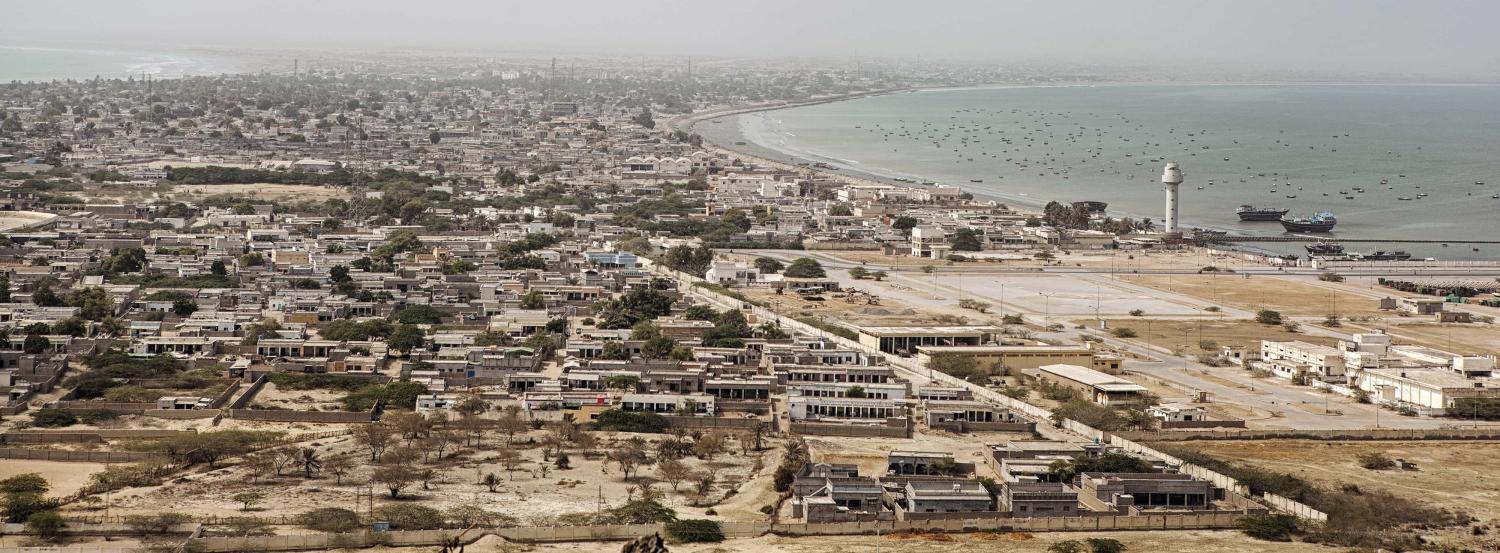Central Asia is experiencing a connectivity boom, with China’s ‘Belt and Road Initiative’ the most dominant vision for the region. Yet this dominance has started to worry Central Asian powers, leading to the emergence of a new narrative – that of diversification. With China becoming the region’s most influential economic actor, steadily increasing its role in local security and politics, Central Asian powers are seeking to broaden their engagement and bring to life a long-advocated ‘multi-vector’ diplomatic approach.
I was fortunate enough to spend the end of last year travelling the Eurasian heartland, with stops in Ashgabat, Astana, Beijing and Islamabad. It was a variety of different trips, covering different projects, but one overriding message about China shone through at every stop: the expansion of Chinese investment into its immediate neighbourhood is having a game-changing impact on the ground. This is positive, but it is also worrying those on the ground and is changing the way that Beijing is thinking about its external investments.
Talk to any Central Asian foreign policy planner and you will almost invariably hear about a ‘multi-vector’ approach to foreign relations. Sitting at the centre of Halford Mackinder’s ‘World-Island’, Central Asians envisage themselves as commanding vast power from the heart of the Silk Road. Yet it’s not always clear the degree to which they actually control the options on the table before them, or whether these great powers move around them to their own tune. Nowhere is this balance highlighted more acutely than in regards to foreign investment. Ideally, Central Asian states would want a multitude of options on the table before them, but while their FDI figures are more diverse than is sometimes given credit for, it is clear that Chinese money is increasingly the principal source.
This is increasingly the story across Eurasia, where everyone is both clamouring for Chinese investment and finding themselves uncertain about relying too heavily on a single investor. In Beijing, officials at state policy banks and private companies worry about the countries they are investing in and the fact they do not know the environments, yet at the same time find themselves under great pressure to deliver on Xi Jinping’s vaunted ‘Belt and Road Initiative’ through commercially viable projects. This leads them to trying to puzzle out how to deliver these projects effectively and seek partners to share the burden.
For landlocked Central Asians, however, the story is a different one. Trapped by geography between a sanctioned Russia, a still-recovering Iran and the disputed Caspian, they are only able to find China as a substantial and long-term investor and partner. India has tried and thus far not delivered, and while they discuss with Pakistan, Europe, Korea and Japan, projects as big as China’s have been slow in arriving. In contrast, Beijing signs contracts and infrastructure appears.
But all are aware of the dangers of having a single customer. In Ashgabat, they link Turkmenistan’s most recent push on breaking ground with the Turkmenistan-Afghanistan-Pakistan-India (TAPI) pipeline and alternate energy partners to a sharp slowdown in Chinese interest in their gas, as China’s economy slowed down. In Astana, President Nursultan Nazarbayev links Kazakhstan’s Nurly Zhol (Shining Road) economic vision to the Chinese Silk Road Economic Belt, in that the local strategy is intended to build on the Chinese infrastructure, showing how they are making the Chinese investment work for them.
But they also discuss the many other partnerships they are developing. Kazakhstan is planning a consulate in Bandar Abbas, the Iranian port city that provides Central Asia a different route to international markets. This was reinforced in Astana, where senior officials spoke of ‘connectivity being the number one point for Kazakhstan’ and that the country ‘will look in any direction with no discrimination’. At the same time, according to the Kaznex Invest Chairman Borisbiy Zhangurazov, China is set to undertake around 50 investment projects in Kazakhstan worth more than $24 billion, an amount almost equal ($26 billion) to all US investment in the country in the past 10 years.
In Pakistan, people worry about the degree to which they are becoming dependent on Chinese loans. Figures published earlier this year indicate that in Q1 FY17, net loan and FDI inflows from China were $1.1 billion (of which $700 million was a loan). Total FDI inflow is down from $192 million a year ago to $91 million this year. Trends that worry people who on the ground express a high level of concern about the transparency of the projects being undertaken as part of China-Pakistan Economic Corridor and the excessive reliance on Chinese investment.
What is interesting about Pakistan, however, is that it is clear that China is finding itself mired in as many problems as others have previously experienced in the country. As a Dawn editorial flagged at the start of this year, ‘for China, the year 2016 was when the country began to discover the complexities of doing business in Pakistan’. Beijing’s answer is to encourage others to become involved to share the burden. Russia is seeking a role. The UK is interested (an idea my institute is currently working on). Other parts of the Belt and Road, such as Kazakhstan, are equally keen. During my recent visit to Astana, senior figures intimated they were contemplating even going so far as opening a consulate in the China-Pakistan Economic Corridor’s crown jewel, the port of Gwadar in Baluchistan.
Connectivity remains the keyword in Eurasian geopolitics. Talk of Silk Roads continue to dominate regional conversations. Yet diversification will be essential to realise the visions that are being advanced. It will only work if it is a collective project, something even Beijing appears to be beginning to consider as well.

